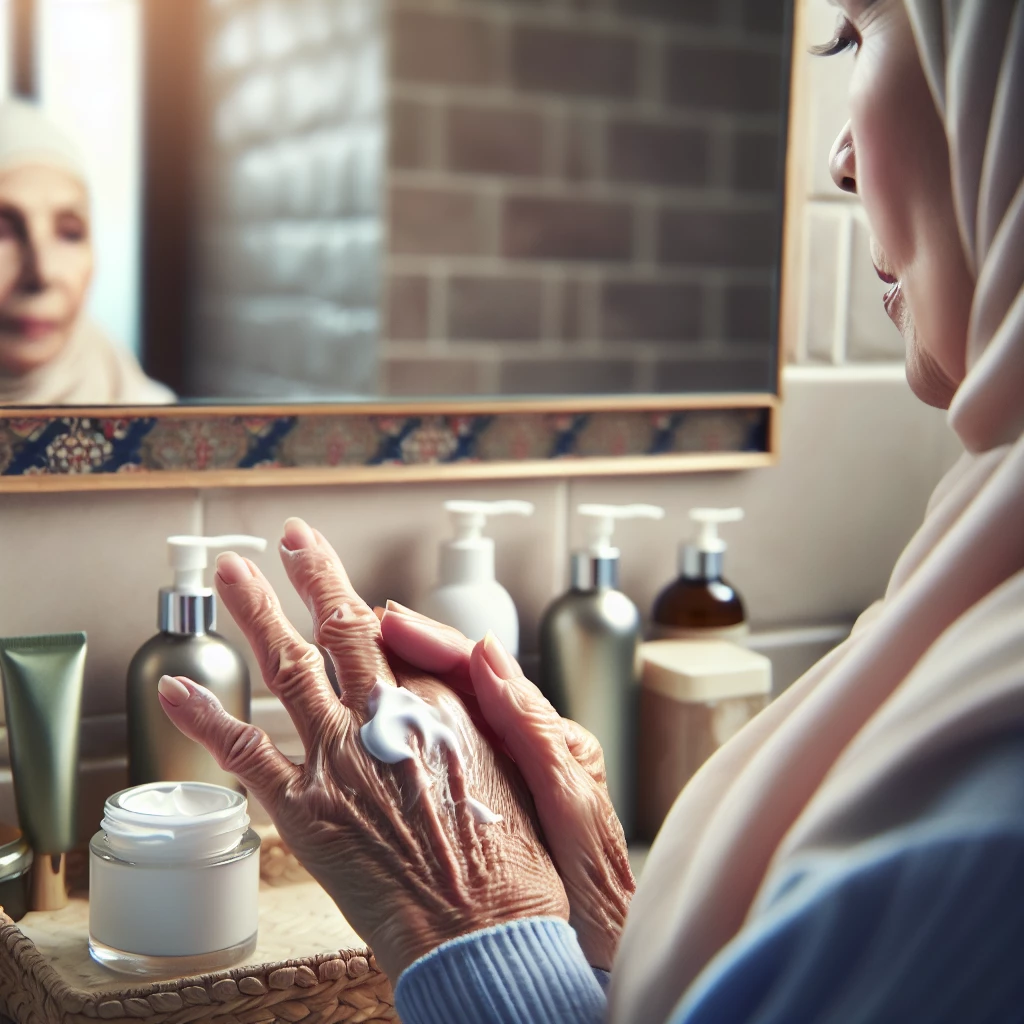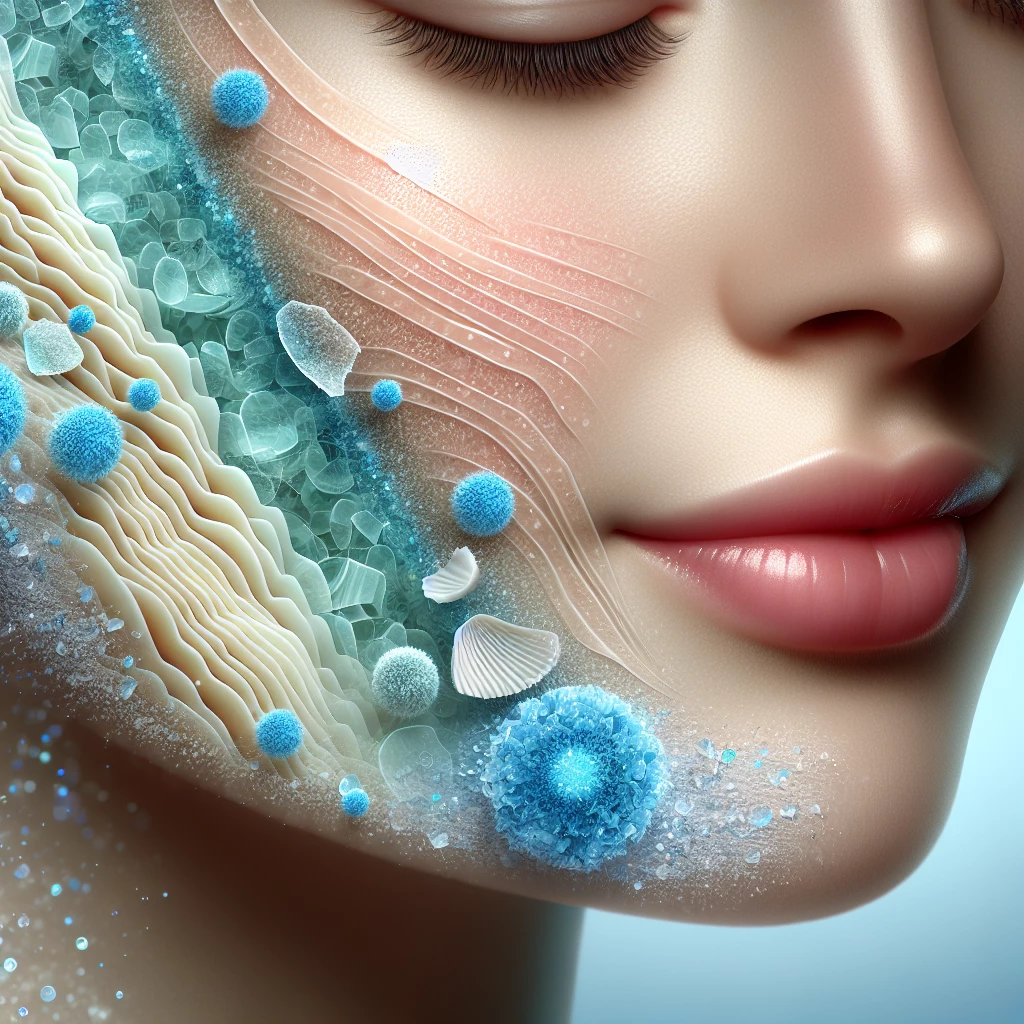Gone are the days when looking beautiful meant compromising animal welfare. This concept has gained significance as the beauty industry evolves and as our society becomes increasingly conscious of ethical choices in all aspects of life. The rise of cruelty-free makeup has transformed the way we view our cosmetics and transformed the beauty industry. As this trend continues to gain momentum, let's delve into the world of cruelty-free, ethical choices, and its implications for animal welfare.
Understanding Cruelty-Free Makeup
Cruelty-free makeup, contrary to common belief, is not a recent development. The term 'cruelty-free' essentially implies that no animal testing was conducted in the creating of the product. This is an ethical choice that many consumers are now gravitating towards, as awareness about animal welfare increases among makeup users.
However, comprehending the definition is merely the first step. There's a broader discussion concerning animal testing, certifications, labeling, and the actual impact of these products, all of which contribute to the understanding of cruelty-free makeup.
While shopping for beauty products, it is significant to acknowledge the universally accepted logos that identify cruelty-free products. Look for Bunny logos that demonstrate the brand’s commitment to preventing animal testing.
Impact on the Beauty Industry
The rise in demand for cruelty-free products has undeniably impacted the beauty industry. Brands are compelled to reconsider their manufacturing methods and make the transition towards ethical choices. This shift is driven by immense pressure from a new generation of consumers who place a high value on transparency, ethics, and sustainability.
Companies are also feeling the economic effects, with many reporting an increase in sales after obtaining cruelty-free certification. Consumers are willing to pay more for products that align with their personal values indicating an upward trend in the industry.
Moreover, several countries, recognizing the significance of protecting animal welfare, have imposed bans on animal testing, subsequently driving global makeup trends towards cruelty-free.
Challenges and Future Aspects
While the rise of cruelty-free makeup is promising, there are challenges. Some of these comprise the intricacies of global regulations, greenwashing, and patent formulation modifications.
Despite these hurdles, the cruelty-free makeup movement's potential and the commitment of many within the industry are paving the way for a more ethical and compassionate beauty regime.
Moreover, innovation and technology are poised to play a crucial role in overcoming these challenges, developing alternative testing methods and reaffirming the need for cruelty-free approaches.
As consumers, encouraging the rise of cruelty-free makeup offers an effective means of using our power to instigate change. With a growing commitment towards animal welfare and ethical choices, this paradigm shift within the beauty industry signifies a brighter, kinder future for makeup trends. As with all significant changes, hurdles and challenges will arise, but the momentum of the cruelty-free movement is an optimistic sign of promising times ahead.

Age Gracefully: Mature Skin Care
Delve into the changes that come with aging skin and the best practices to ensure its health and vitality.

Vitamins for Victory: Skin Nutrients
Discover the key vitamins that contribute to skin health and the best ways to incorporate them into your skincare routine.

Exfoliation 101: Clearing the Surface
Dive into the process of exfoliation, uncovering its benefits and learning how to properly exfoliate for brighter, smoother skin.

Skin Hydration: Water vs. Oil
Get insight into the importance of hydration in skincare routines and understand the difference between water-based and oil-based products.
